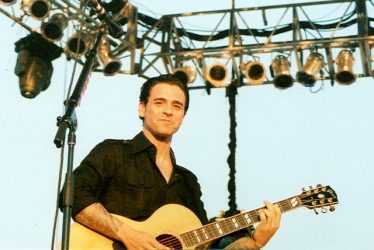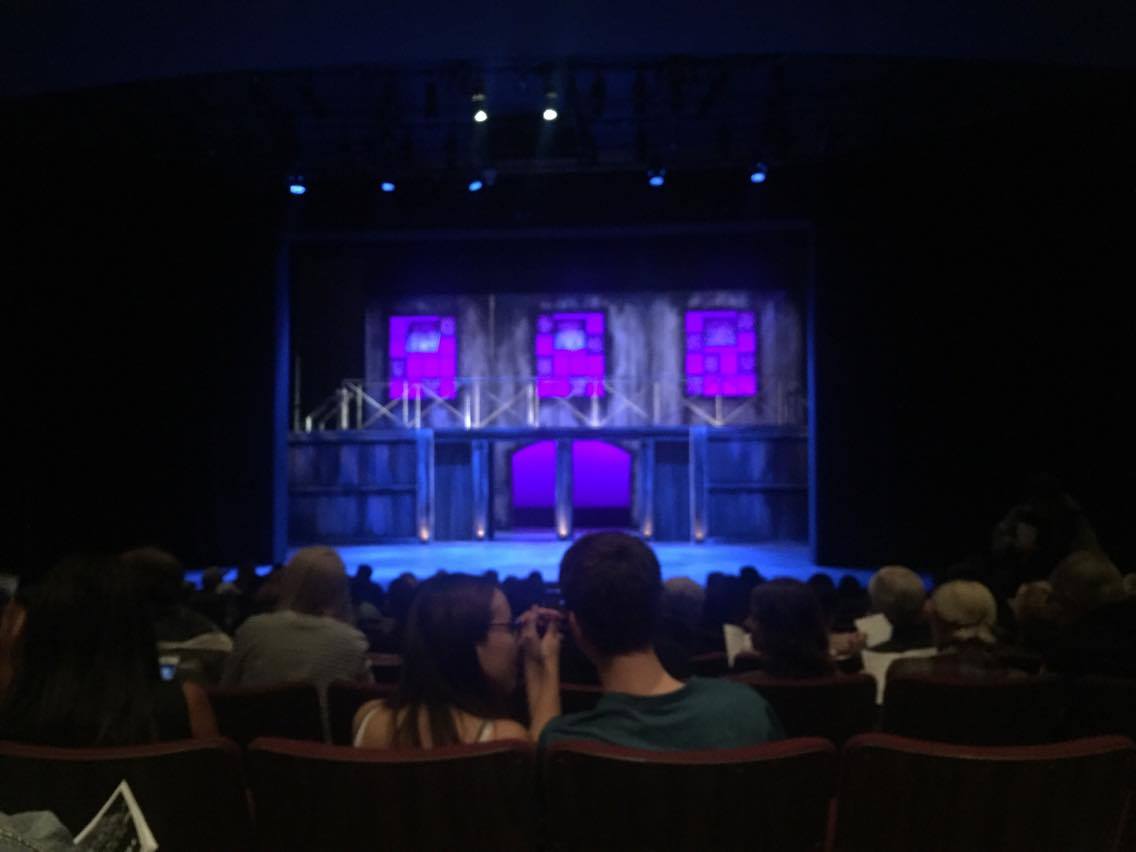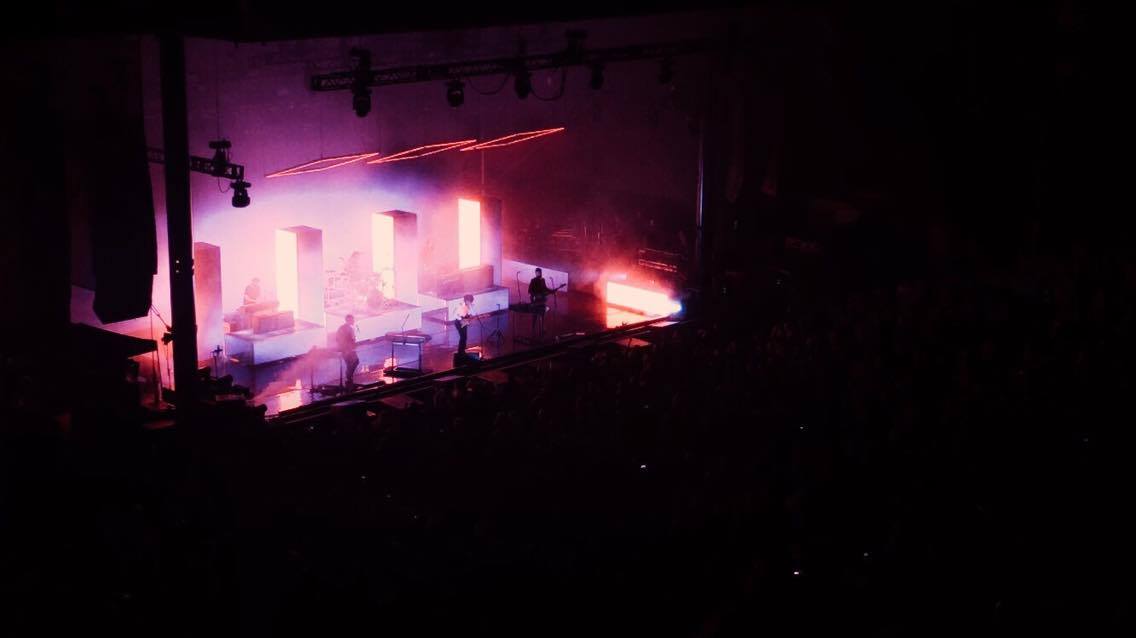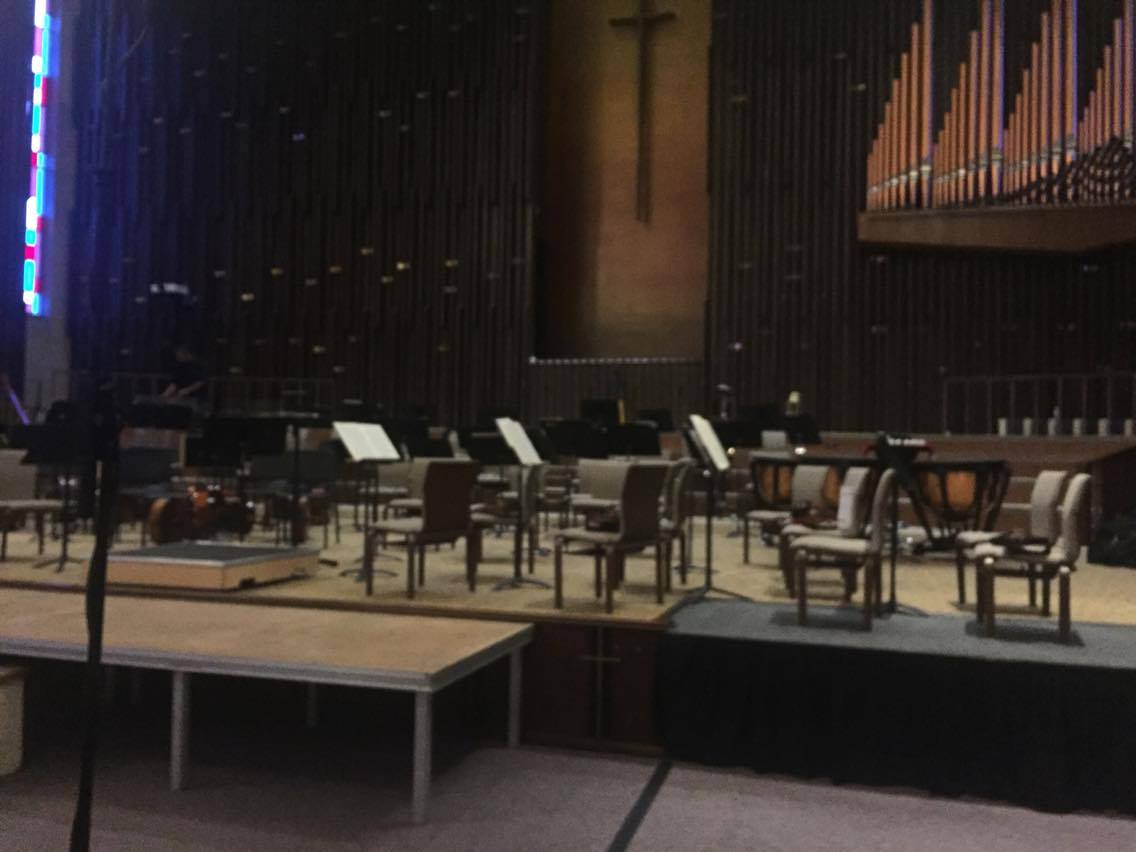Dashboard Confessional in the New Era of Emo
Pop-punk emo legends Dashboard Confessional are back, releasing their first studio album since 2009, “Crooked Shadows,” on Feb. 9. Perhaps this comeback is timed for the new era of early-2000s nostalgia, but like the Dashboard Confessional that resonated with angst-ridden teenagers 15 years ago, it feels comforting and sincere. Two new songs preceded the release […]




